Recently, the Centers for Disease Control and Prevention (CDC) issued a Health Alert Network (HAN) Health Advisory for a common childhood virus called parechovirus (PeV) after receiving reports of infections in newborns and young infants from healthcare providers across the United States. Here’s what you need to know about parechovirus and how to protect your child.
What is parechovirus (PeV)?
Human parechoviruses (PeVs) are common childhood viruses that spread through respiratory droplets and contact with bodily fluids or fecal matter. The virus usually causes very mild symptoms, or none at all. However, sometimes parechoviruses can cause serious illness in babies and young children. Parechoviruses are generally most dangerous for babies younger than 3 months old, especially newborns who are younger than one month old.
Parechovirus isn’t monitored in the United States like the flu or COVID-19, so researchers can’t compare the numbers of infections this year to previous years. However, because of notable number of infections reported by healthcare providers, parents should be aware of the symptoms and keep a close eye on any changes in their children, especially in babies younger than 3 months old.
What are the symptoms of parechovirus?
Many people with parechovirus don’t experience symptoms. In children 6 months to 5 years old, symptoms may include upper respiratory tract infection, fever and rash, and most children will have been infected by the virus by the time they start kindergarten. However, in infants less than 3 months, the virus can cause severe illness including sepsis-like illness, seizures and meningitis or meningoencephalitis, particularly in infants younger than one month.
Experts don’t know exactly how long it takes for symptoms to develop after coming into contact with the virus, but it’s thought to be between 3-10 days.
Serious signs to watch out for, especially in babies or toddlers, include:
- High fever
- Irritability
- Fast heart rate
- Fast breathing
- Diarrhea
- Drowsiness
- Seizures
- Widespread rash
If your baby is experiencing any of the above symptoms, contact your pediatrician. If your child is extremely drowsy and can’t be easily woken, has trouble breathing and is experiencing a rash go to the nearest emergency department.
How is parechovirus treated in children?
There is no specific treatment for parechovirus. Children experiencing mild symptoms should rest, drink plenty of fluids and take over-the-counter fever-reducing medications like acetaminophen.
Young babies or children who have severe symptoms may need to be hospitalized. With proper care, most recover within a few days.
How can I protect my child from parechovirus?
Parechovirus spreads through contact with an infected person’s respiratory droplets (through sneezing or coughing), and/or when touching surfaces — such as plates, utensils or toilet seats — that contain the virus, then later touching your nose or mouth. Both symptomatic and asymptomatic individuals can transmit the virus, which can shed from the upper respiratory tract for 1-3 weeks and from the gastrointestinal tract for as long as 6 months after infection.
While there is no vaccine for parechovirus, good hygiene can help prevent the transmission:
- Wash hands with soap and water often. Do this after using the toilet, before eating, before and after changing your child’s diapers or clothes and before feeding your child.
- Sanitize your hands often.
- Cover your mouth and nose when coughing or sneezing.
- Frequently clean and disinfect surfaces that your child may use and play with.
- Stay away from babies and young children if you’re unwell.
- Whenever possible, encourage your child to wash their hands often and avoid touching their face and mouth.
Fortunately, these are many of the same measures we have been using to help prevent the spread of COVID-19.
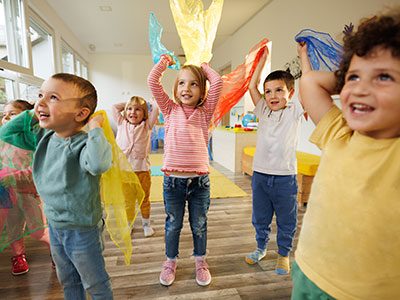 https://riseandshine.childrensnational.org/wp-content/uploads/2025/03/kids-party-feature.jpg
300
400
Rise and Shine
https://riseandshine.childrensnational.org/wp-content/uploads/2017/11/childrens_riseandshine_logo.jpg
Rise and Shine2025-03-24 16:37:472025-03-24 16:40:16The truth about measles parties: Why vaccination is always the safer choice
https://riseandshine.childrensnational.org/wp-content/uploads/2025/03/kids-party-feature.jpg
300
400
Rise and Shine
https://riseandshine.childrensnational.org/wp-content/uploads/2017/11/childrens_riseandshine_logo.jpg
Rise and Shine2025-03-24 16:37:472025-03-24 16:40:16The truth about measles parties: Why vaccination is always the safer choice






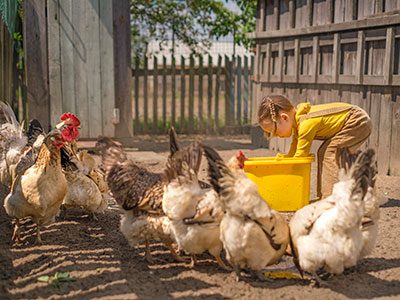
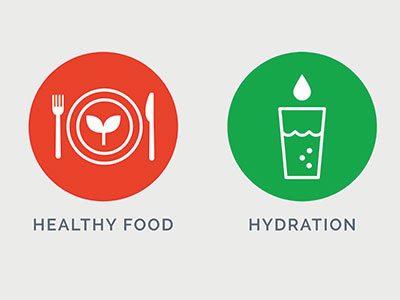
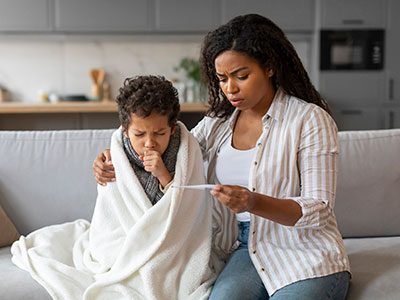
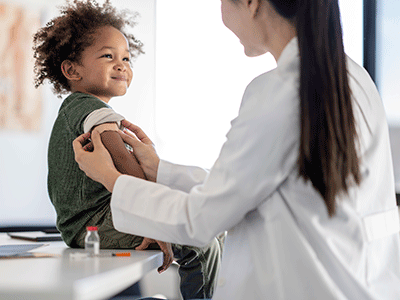
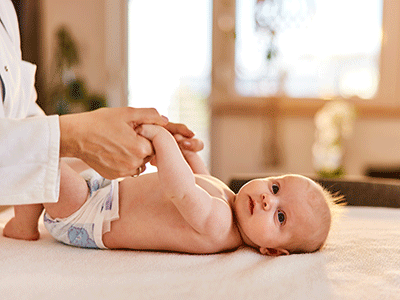



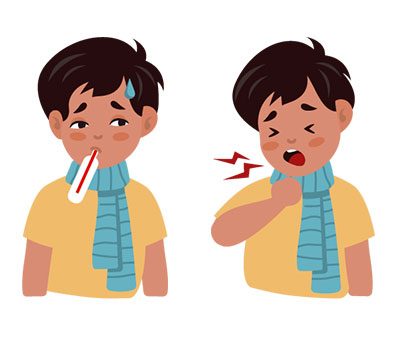

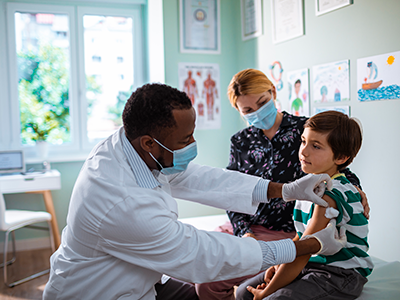
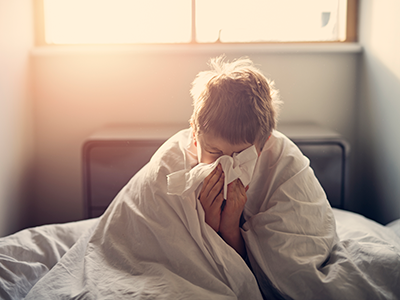
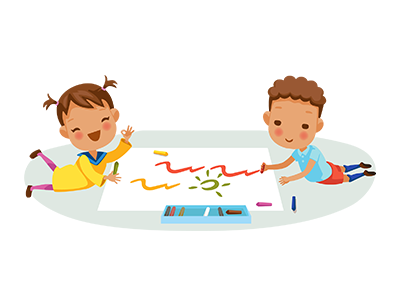
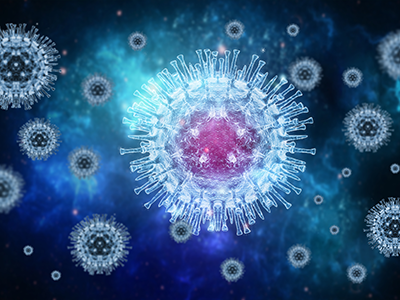
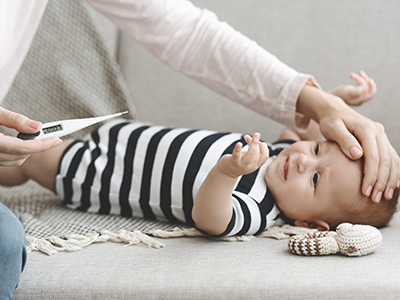
Leave a Comment
Want to join the discussion?Feel free to contribute!